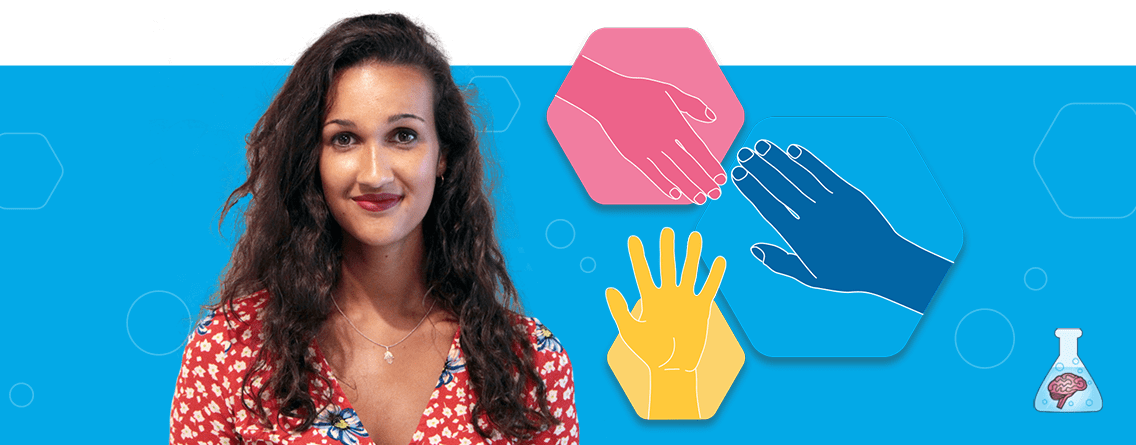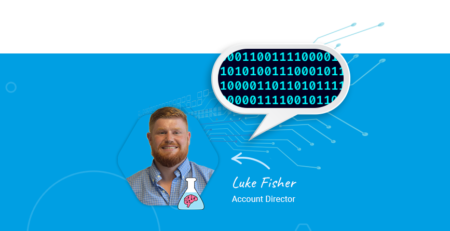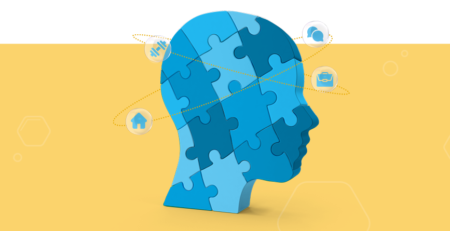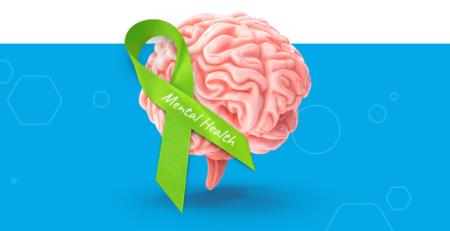An interview with Brainlabs’ Diversity & Inclusion Director: Leyla Omar
First things first: what do you get up to outside of work?
Many would describe me as a hobbyist: a keen netballer, baker, cartoonist and newbie roller skater. I’m currently based in north London, but have done a few stints travelling abroad, which included a year living in Gran Canaria. My not-so-guilty pleasure is learning music-video choreo (my close friends nicknamed me Leyoncé, thanks to my infatuation with the greatest performer of all time 🐝).
What do you do as Diversity & Inclusion Director at Brainlabs?
Our mission is to make the modern workplace fair for everyone by promoting diversity, equity & inclusion and eradicating prejudice and discrimination. As Diversity & Inclusion Director, it’s my responsibility to design our company D&I strategy and ensure it’s successfully implemented. Initiatives include: revamping our recruitment processes to make sure they are unbiased and objective; raising awareness and celebrating events throughout the year (such as Pride and Black History Month); and launching Employee Resource Groups for staff with shared identities to connect in a safe space.
My position on Brainlabs’ Global Operations Board and the UK leadership team allows me to both act as a point of escalation to management and keep our senior stakeholders informed with our D&I objectives and strategy.
Why are you so passionate about diversity and inclusion?
Equality has always been a core value that I strive to uphold in everything I do, both inside and outside of the workplace. Having worked in companies where senior stakeholders shy away from penalising discriminatory behaviour, I fully appreciate the adverse impact this can have upon employees: frustration and disengagement. These unpleasant experiences inspired me to do all that I can to ensure that values of diversity, equity and inclusion are central to the way Brainlabs operates.
I really want to dispel the myth that advocating for equality for underrepresented groups means creating inequality for dominant groups. Pushing for a more diverse and inclusive workplace does not mean anybody loses out on their slice of the pie. It just means we can all eat pie together! 🥧
What are you currently focusing on?
I’m pleased to say we’ve had a great deal of wins over the last couple of months, driven by our brilliant in-house D&I committee and me. We’ve introduced policies to support employee gender transitioning, shifted to nameless and CV-less hiring for all entry-level roles to mitigate biases, revamped our parental leave policy to become gender-neutral, and educated all staff with third-party unconscious bias training… just to name a few!
We are lucky to have a solid feedback culture at Brainlabs, where individuals feel comfortable to share where they feel we’re doing well, but also what we need to focus on, which really helps me to shape our D&I priorities. We’ve still got a long way to go – but we’re definitely making moves. Seeing progress is exciting!
You are also Brainlabs’ Operations Director. What’s it like balancing two different roles?
Yes! Very Super(wo)man esque. D&I by day, Ops by night…
Interestingly, these two roles marry together pretty seamlessly. A lot of the operations projects I’ve managed historically aim to improve our existing processes and make sure they’re scalable as we grow. The same is true of D&I, which involves a similar skillset: project management, engaging with stakeholders across the business and designing policies and procedures that (hopefully!) improve the working experiences of our Brainlabbers.
My role as Operations Director has given me great oversight over the strategic running of the business – our infrastructure, departments, resource planning, etc – so knowing how everything already works is a huge help and reduces barriers to implement change.
What are your thoughts on the impact of COVID-19 on diversity and inclusion efforts?
As we face the COVID-19 global public health crisis, it’s absolutely essential that we don’t let diversity and inclusion slip off boardroom agendas. D&I isn’t a ‘nice-to-have’ luxury for when business is going well. The way that staff are treated in the face of fear, uncertainty and instability truly reveals how sincere a company’s wellbeing initiatives were in the first place.
We are all aware that this virus disproportionately impacts certain demographic groups more negatively, not just in terms of health outcomes, but also likelihood of redundancy, ability to work remotely, etc (read the government’s BAME report for more on this). We also know that it’s really tough for young people to enter the workforce amidst a recession, which is why it’s imperative that our recruitment processes focus on role suitability, rather than vague demands of X years’ experience. Companies must recognise we aren’t all experiencing this pandemic in the same way, and it will take a greater toll on some more so than others.
Our forced shift to remote working has exposed the old-school rhetoric of presenteeism as bogus: we’ve proved that we can effectively work at home (though maybe having a bit less fun than before). There’s no doubt that this increase in flexibility will prove invaluable for many groups who have been crying out for more accessible working style for years: for example, people with disabilities who struggle with in-office work, part-time workers, anyone with caring responsibilities (women statistically are much more likely to work part-time than men, and shoulder more childcare duties).
My hope is that COVID-19 gives the rigid working structure a much needed overhaul. Flexible working infrastructures do work, so I expect that attitudes towards remote working will significantly evolve too amidst our ‘new normal’ (I know, we’re all sick of that phrase. Sorry.)
When it comes to hiring a D&I role, what key criteria do you think should be fulfilled?
It’s important to remember that simply belonging to a marginalised group does not automatically mean that person is an expert in diversity and inclusion. Of course, women, people of colour, people with disabilities, etc. will be better acquainted with prejudice and discrimination than members of ‘dominant’ groups, but that does not necessarily mean they will be able (or willing!) to take on the varied demands of a D&I role.
The murder of George Floyd earlier this year sparked the resurgence of the Black Lives Matter movement, which caused lots of companies to panic. Despite having good intentions, many reactively called upon their Black staff to champion and resolve diversity and inclusion issues within their organisation. Assuming that all Black staff are anti-racism specialists is in itself problematic. We call this tokenism, which Nova Reid describes as “the practice of making only a symbolic effort to do something […] It’s diversity on a superficial level without the inclusion part; being aesthetically diverse, but not attitudinally diverse.”
So my advice would be to always make sure you assess each individual’s suitability to the role, rather than picking a D&I leader solely based on their identity.
What are the biggest challenges you look forward to tackling in your new role?
The beauty of diversity and inclusion is that it’s impossible to be ‘done’. Nobody will ever completely crack it. D&I work is an active and ongoing commitment to changing the status quo and tackling inequality wherever we find it, including in ourselves.
We’re all at different stages on the same learning path: some people may have been engaged with diversity initiatives for decades, whereas others are just learning what microaggressions are. But the most important thing is being open, willing to learn, and listening. In my mind, changing minds and attitudes is the key to unlock lasting organisational change. I’m looking forward to raising awareness and driving those positive changes here at Brainlabs.
Can you tell us anything about your future plans for Diversity & Inclusion at Brainlabs?
Uhhhh, can’t let the genie out of the bottle… Just kidding. Transparency is absolutely crucial when it comes to D&I – which is why our committee Slack channel is open and accessible to the whole company, along with our weekly meeting notes.
As per the results of our 2020 report, I’ve outlined four clear areas that we really need to focus on: improving representation and inclusion of people with disabilities, diverse educational backgrounds, genders and ethnicities (including reducing pay gaps and diversifying our leadership team). We have made some positive strides in these areas since our June report, but these are key priorities that will remain a focus of our ongoing D&I strategy.
Finally: do you have advice for anyone looking to improve D&I in their organisation?
Start by collecting as much data as you can. It’s impossible to establish where you want to get to if you don’t know where you are now. Unfortunately many companies don’t know where to focus their D&I efforts as they don’t routinely collect demographic data from employees, or ask their staff how included they feel at work. This is business-critical information that indicates where you are progressing well, and where there’s room for improvement – you can always encourage anonymity to get more honest responses too.




